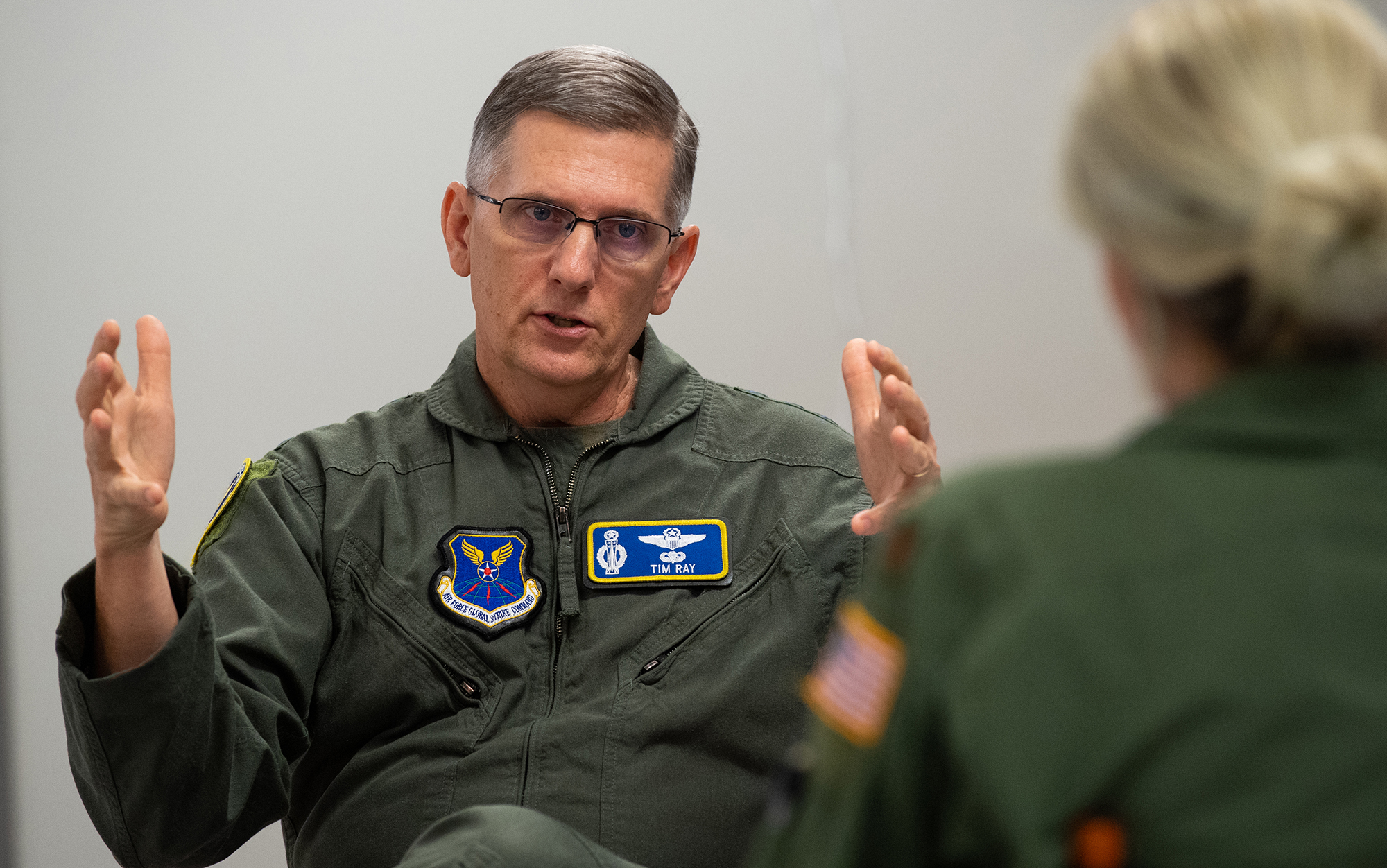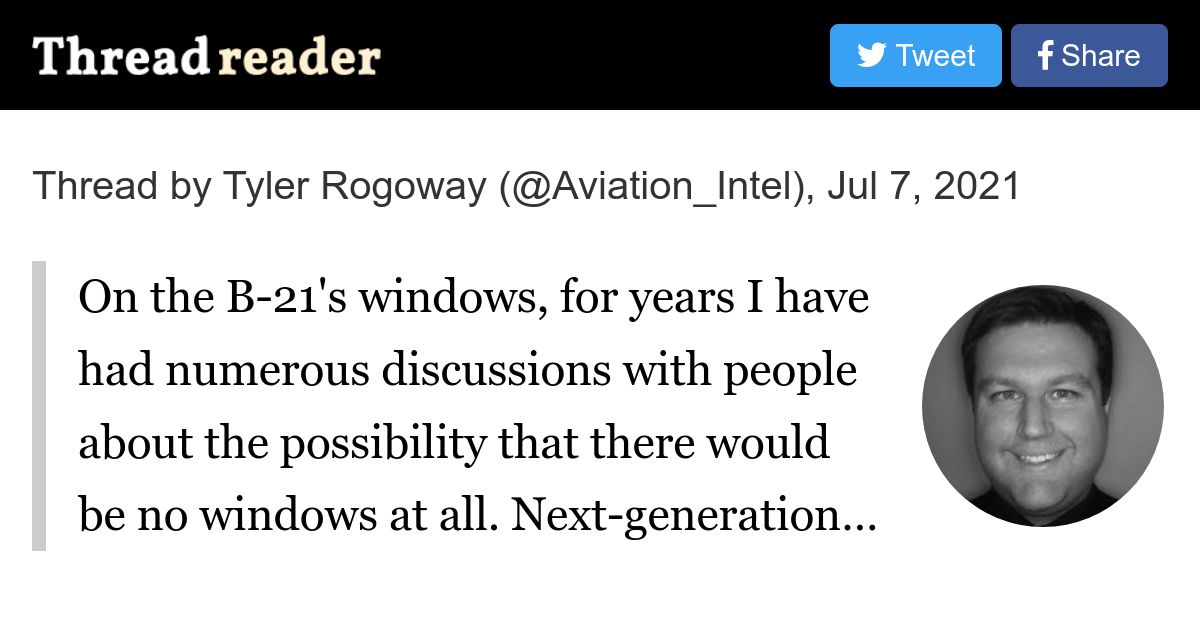- Joined
- 9 October 2009
- Messages
- 21,979
- Reaction score
- 13,647
I would say it is a medium bomber at best.It's more of a heavy bomber.
I would say it is a medium bomber at best.It's more of a heavy bomber.
B-58: 19,500lbsI think 30,000lbs + is firmly in the medium range but I agree it probably wouldn’t qualify as heavy given its three predecessors. Hopefully the range is still roughly equivalent to a strategic bomber; I’m fine with a lighter load considering how small PGMs are now a days.

Q&A: Interview with Air Force Global Strike Command boss Gen. Timothy M. Ray | Air & Space Forces Magazine
Interview with Gen. Timothy M. Ray, commander Air Force Global Strike Command.www.airforcemag.com
Q. What does that suggest for the B-21 buy? That is still several years into the future, but what are your thoughts in that regard?
A. The B-21 program is incredibly healthy. There’s something I want to highlight that’s unique. Randy Walden and the RCO [Rapid Capabilities Office] and Jason Voorhees—Col. Jason Voorhees is the program manager—that unique relationship with RCO and a major command to go do things is actually incredibly effective. And then we start thinking about Randy Walden, and [him] leading the Air Battle Management System [ABMS program] … the connection with the B-21 to ABMS, is total. It’s not an add-on or afterthought, It’s part and parcel [of ABMS]. … Since we have a modular design on the airplane, because it is very mature technology compared to what you might think—far more mature technology—it’s open mission systems and we … were able to be very, very steady on the requirements. … We can very rapidly bring new radios, new emitters, new weapons—those kinds of things—very quickly to the airplane. It took me many years to get a [joint air-to-surface missile] onto a B-2; I’m going to be able to do that in a year. So, when I say it’s the B-21, it’s not the “B two point one.” Right? It is a fundamentally different plane. We briefed Congress on the process, … how we’ll keep requirements stable, and how we’ll keep adding really fresh tech and sustaining the plane in a way no one’s thinking about. And when we start talking about, you know, how we’re doing stuff with bombers around the globe, then the power of that becomes pretty obvious. … So, I’m pretty optimistic about the future of the B-21.
Q. What are some of the attributes you’re looking forward to seeing in the B-21, and what are the things on the table that are going to be most important?
A. We talked about my ability to design in a data-driven sustainment game plan that’s not exquisite and unique like other programs, but that we can be really purposeful about monetizing. That’s going to be one of the key pieces: the fact that you are data driven, and your digital [insight] is going to be a real key piece of how you can do … developmental and operational tests—a synthetic training environment, right? So, we’ve started to work with some of the experts outside the Air Force who’ve been helpful to the Air Force on the Defense Science Board and the Scientific Advisory Board, on how best to create training systems of the future. … We are bringing in some more folks from the outside who are great at the human-machine interface, … we’re going to build that from the beginning. We know that we’re going to reduce the number of specialty codes inside the maintenance world. … We have our maintenance guys right now embedded with the RCO to make sure we design in sustainability and simplicity and to really limit the number of things we have to do uniquely. You take an opportunity to be a different kind of team, with these kinds of capabilities, and it’s really a match made in heaven, with us and RCO.
Internal carriage onlyB-58: 19,500lbsI think 30,000lbs + is firmly in the medium range but I agree it probably wouldn’t qualify as heavy given its three predecessors. Hopefully the range is still roughly equivalent to a strategic bomber; I’m fine with a lighter load considering how small PGMs are now a days.
B-47: 25,000lbs
Tu-16: 20,000lbs
Tu-22 Blinder: 26,500lbs
Tu-22M Backfire: 53,000lbs
H-6: 26,000lbs.
Victor: 35,000lbs.
Vulcan: 21,000lb.
If the NGAD program is a success, could this lead to a rolling strike aircraft to follow on from the B-21?
This one:Once again, you guys are failing to understand the mission defines the aircraft, not the other way around. I have no idea what this imaginary "strike" mission is that can't be handled by the B-21, UCAV's, and/or missiles.
Mach 2, 2k miles of unrefuelled combat radius, 15k lbs payload, capability to protect itself against DCA, basically a fighter-bomber.(a 2x larger rehash of FB22/23)Once again, nobody has answered the question I asked; What is the mission you're talking about that would need something that can't be executed by the B-21, a UCAV, a missile, and I will add, the NGAD itself? The mission SFerrin is showing is one they're already replacing with a new rocket boosted weapon, IIRC.
What is the name of this weapon they're, "already using"? Which one carries 80 JDAMS?Once again, nobody has answered the question I asked; What is the mission you're talking about that would need something that can't be executed by the B-21, a UCAV, a missile, and I will add, the NGAD itself? The mission SFerrin is showing is one they're already replacing with a new rocket boosted weapon, IIRC.
An SDB is not a JDAM. Also a B-2 would be able to carry much more than 80 SDBs.I suspect B-21 will be capable of dropping 80 SDBs, which is probably good enough and also will provide stand-off capability. The B-2 is not publicly known to have SBD integrated, though someone on this site posted a pic of a four round rack with orange weapons (test ordnance color scheme I believe) being loaded onto a B-2s rotary launcher. In that configuration, 64 could be carried. A dedicated SDB rack system (like the 80 bomb racks for mk82 JDAM) would increase that substantially but I’m not aware of such a system in service.
Also a B-2 would be able to carry much more than 80 SDBs.
For some targets blast is preferred in which case a 500lb bomb is much better than an SDB. For others nothing is stopping the B-2 from carrying SDB.For most target sets, an SDB will work as well as a mk82. Actually the SDB has a greater ability to penetrate hardened targets.
But is the B-21s range comparable to a B-2's with payload? (And don't say "tankers". If the B-21 requires more than the B-2 then that cost needs to be rolled in.)For most target sets, an SDB will work as well as a mk82. Actually the SDB has a greater ability to penetrate hardened targets.
There is no doubt that the B-21 won’t carry the B-2s warload. I don’t fine that concerning so long as a large number of B-21s are purchased and they have a similar combatant radius. I think there are very few targets sets that require more than 30,000 lbs of ordnance, and in those cases just send additional aircraft. In actual practice the B-2s seem to operate in pairs anyway.


B-21 Speeds To IOC; ARRW Test Slated For Next Month: Ray - Breaking Defense
The B-21 program will not undertake traditional "block upgrades" to beef up future performance, says Air Force Global Strike Command head Gen. Timothy Ray. Instead, it will incrementally add new capabilities as they become available.breakingdefense.com



I'm willing to accept that side window. Windows are vulnerable points for lasers and nuclear flash (fun fact: Vulcan crews wore eyepatches. If blinded by a flash, they were to switch them over to the blind eye). The windows seem to be angled for mid air refuelling and landing and takeoff - the last holdouts when you increasingly rely on synthetic vision. For example, have a look at this Boeing NGAD concept, and as a parallel, this Peugeot racing car. The side window is taken up by some graphics, but it is nonetheless a rigorously functional vehicle. The driver doesn't look out the side because they'd stop looking ahead if they did. Instead, a strip of LCD screens is over the windscreen.New CGI.
Look at the port side window. So IMHO I wouldn't take too much about the accuracy of this image.
View: https://twitter.com/rachelkaras/status/1412481998086709248?s=19

Stranger things have happened this century though, not infrequently in defiance of all logic and sanity.Windowless design will never pass military standards.
